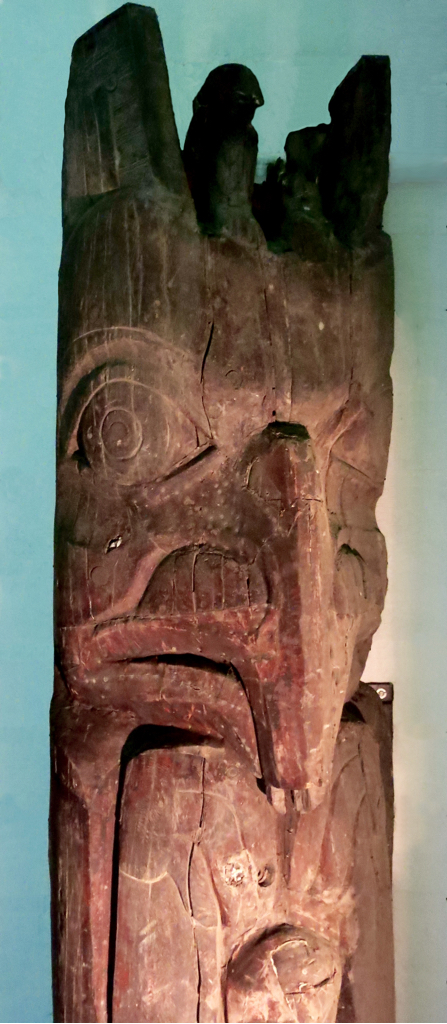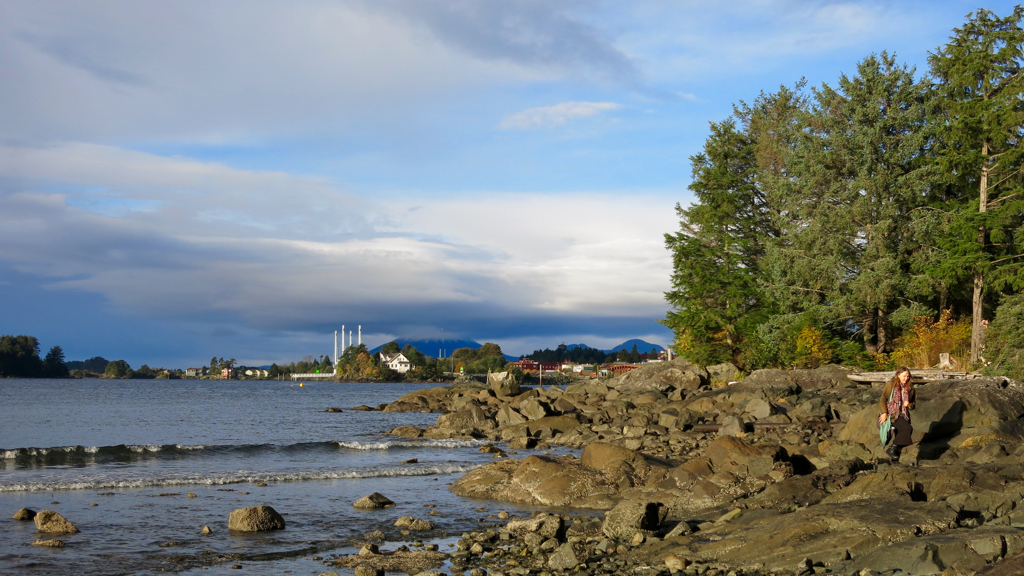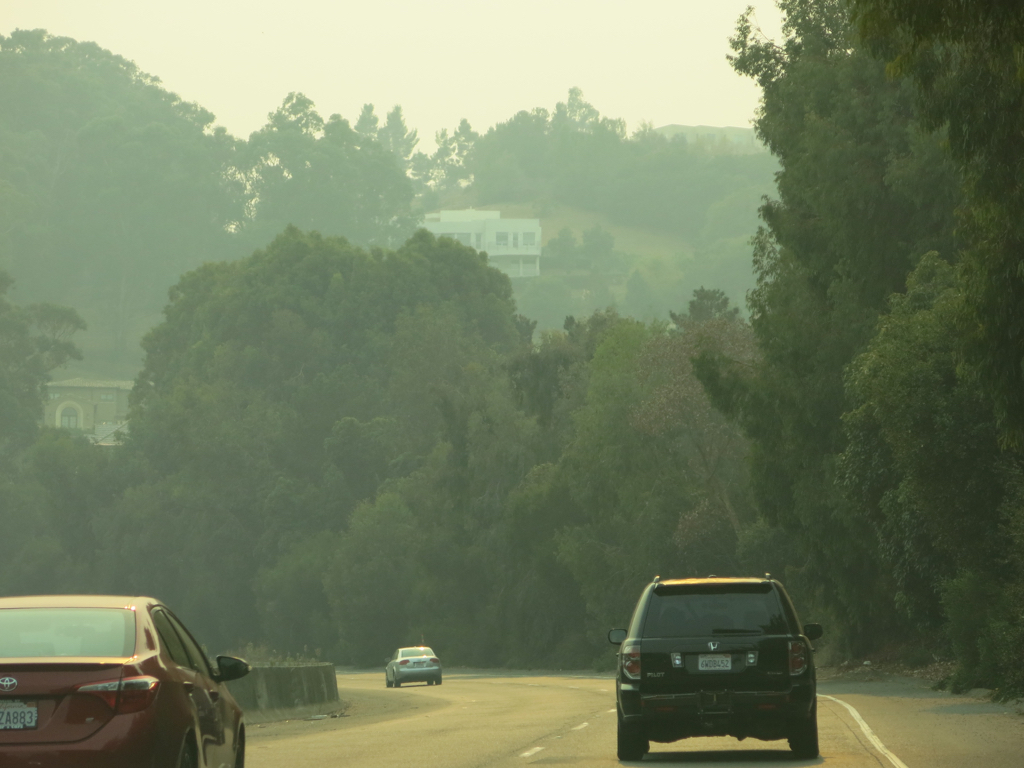I wrote recently about how insanely difficult it is to find housing in the Bay Area. Since then, the East Bay Times reported that high housing costs have contributed to recent job losses in the Bay Area:
“The Bay Area’s job losses stem from two distinct phenomena: Some employers are slashing positions, and others are unable to hire. Some economists attribute this second problem to structural barriers posed by skyrocketing housing costs. The lack of affordable places for workers to live appears to have hobbled the region’s ability to fill jobs as briskly as in prior years.
“‘Housing is the chain on the dog that is chasing a squirrel,’ said Christopher Thornberg, principal economist and founding partner with Beacon Economics. ‘Once that chain runs out, it yanks the dog back.'”
High-cost municipalities like Palo Alto have been experiencing a net decline in population for over a year now — while housing costs continue to rise. It will be interesting to see how this trend plays out. I suspect that changes in policy will have much effect on rising housing prices; this suspicion is based on what Jay Forrester wrote in his 2009 paper “Some Basic Concepts in Systems Dynamics”:
“People seldom realize the pervasive existence of feedback loops in controlling everything that changes through time. Most people think in linear, nonfeedback terms. … people see a problem, decide on an action, expect a result, and believe that is the end of the issue. [This is] the framework within which most discussions are debated in the press, business, and government.” Yet the world does not really work in a simple, linear fashion. Instead, says Forrester, “we live in a complex of nested feedback loops.”
Another way of saying this is that we human beings like to think of the world in terms of simple, linear, cause-and-effect relationships. Linear thinking provides a reasonably good model for most of our day-to-day actions, and we like to think it will work in all situations. A better model is to think of the world in non-linear terms, as a complex of interconnected feedback loops.
However, in practice it has proved very difficult to get most people to adopt a non-linear model of the world. I see this all the time in my work life. For example, when I’m doing pastoral counseling with people, I see that people often shy away at understanding their personal, spiritual world in terms of nonlinear feedback loops; they prefer to think that a personal, spiritual problem is easily addressed using linear cause-and-effect solutions; and those linear solutions may work in the short term, but after short terms gains there are typically feedback loops in the family and in other social relationships which tend to draw the person back to their original equilibrium.
In another example from my work life, congregations try to solve their problems using linear cause-and-effect thinking. If a congregation wants to increase membership, for example, they will typically find a linear cause-and-effect solution like improving their Web site or doing other advertising to draw new people in the door. One common result of this kind of linear “solution” is that there is a brief influx of newcomers, and a brief increase in attendance, but then within a year various feedback loops bring the congregation back down to the size it was before the advertising campaign.
So the reason I see little hope for policy solutions to the housing crisis in the Bay Area is that most policy efforts are driven by linear cause-and-effect thinking. Build more housing and housing prices will drop; implement rent stabilization measures and housing prices will at least be stable; — both these measures will fail because they don’t take into account the complex of feedback loops that are driving high housing costs, including availability of a range of jobs, transportation infrastructure, national and world forces bearing on the region, etc.
We have managed to solve our own immediate housing crisis. After the landlord sold the building we live in, we spent a month looking for housing and yesterday we signed a lease. We will be living in a cemetery — I kid you not — in a nice two-bedroom house that had been built for a caretaker. We solved our immediate problem with a linear cause-and-effect solution; but we have not solved the longer term problem of how two people who are not earning those six-figure high-tech salaries can afford to live in Silicon Valley.








